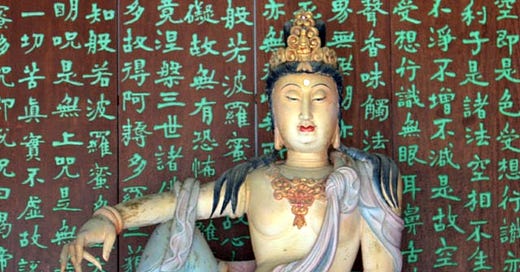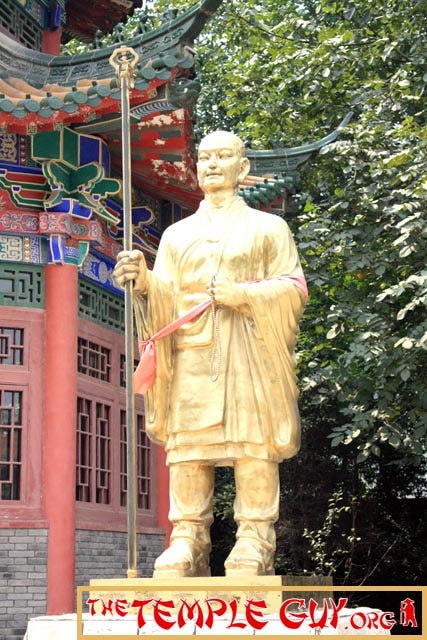Ep. 028: The Two Vehicles: Theravada and Mahayana
The two major branches of Buddhist teaching and practice
Three Vehicles?
Most people who know anything about Buddhism are vaguely aware that it comes in two flavors: Mahayana and Hinayana (though we'll talk about the inappropriateness of that term in a minute). Unless they're boffo Buddhist fans, they may not be aware of a third strain--arguably just a variation of the Mahayana--called the Vajrayana, more comfortably (if inaccurately) known as "Tibetan Buddhism."
These three are sometimes referred to as "three vehicles." The literal meaning of Mahayana is "Great Vehicle" (and sometimes called quaintly in Chinese the "Big Boat"). A "bigger boat" is made necessary by the teaching that "everyone's a Buddha" and that laypeople are as eligible for enlightenment as monastics. The word Hinayana, meaning "Small Vehicle," has come to be thought of as insulting, with "small" meaning "lesser" or "inferior." So these days it's more politely called the Theravada, or the "Way of the Elders."





